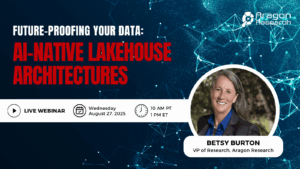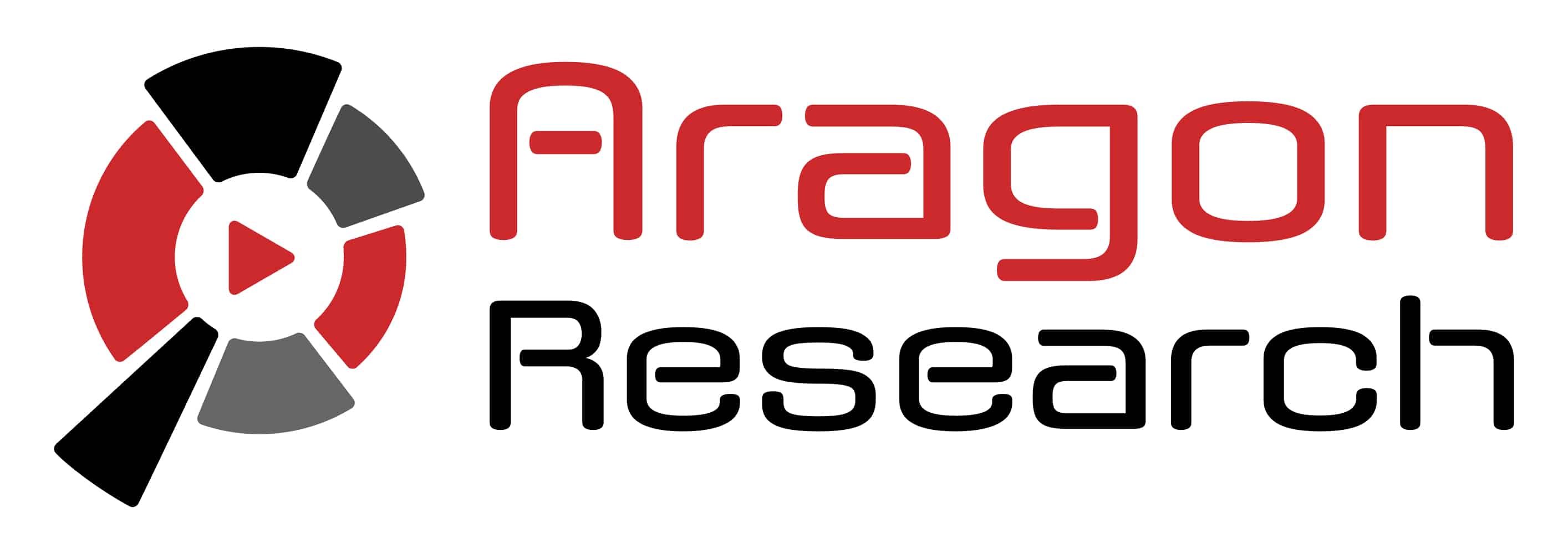“No One is Around”: The Three Words That Kill Your Customer’s Engagement

“No One is Around”: The Three Words That Kill Customer Engagement
We’ve all been there. You have a question, a potential partnership idea, or a problem that needs solving. You go to a company’s website, hoping to find a contact number, an email address, or even just a name. What you’re met with is a digital dead end.
“Sorry, no one is around right now. Please fill out our online form.” Or, perhaps even more frustratingly, a perky chatbot pops up, ready to “help.”
Digital Dead End
This has become the new normal, and it can be a frustrating one.
The promise of customer engagement has been replaced by the cold, impersonal wall of an automated system. Gone are the days of a quick phone call to a human being who can direct you to the right department or answer a simple question.
Now, every interaction is funneled through a one-size-fits-all form, or a bot that, after a few frustrating back-and-forths, ultimately directs you back to the very form you were trying to avoid.
Is this Customer Engagement
This shift raises a fundamental question: Is this really how organizations should be supporting potential customers and partners? In a world that champions connection and personalized experiences, are we not sacrificing a crucial element of trust and relationship-building by hiding behind a digital curtain?
A form can’t capture the nuance of a conversation, the enthusiasm of a new idea, or the urgency of a critical issue.
And while chatbots and AI agents can be incredibly efficient for simple tasks, they often fail when faced with complexity, leaving users feeling unheard and even more frustrated.
Meet Your Customers in Their Space
The goal should be to meet your customers and partners in a channel they want, in a way that truly meets their needs. Sometimes that’s a quick, automated response.
But other times, it’s the reassurance of speaking to a real person who can understand a unique situation.
Customer engagement isn’t just or all about efficiency; it’s about building a community and demonstrating that you value the people who are interested in your work.
A Better Way Forward
So, what’s the solution? The answer isn’t to get rid of technology, but to use it more thoughtfully. Organizations should be creating a multi-layered approach to communication. This means:
- Transparency is key: Make contact information for a live person easy to find. Don’t bury it under layers of FAQs or automated responses.
- Empower your agents: Ensure your chatbots and AI agents are designed to quickly identify when a query is too complex for them and seamlessly hand it off to a human.
- Offer choices: Give customers the option to self-serve through a form or speak to a person. A simple “Need to talk to someone? Click here” can make all the difference.
Bottom Line
So, the next time you’re tempted to save costs with a “no one is around” message, consider the human on the other side of the screen. A simple phone number, a direct email address, or a clear pathway to a live agent could be the difference between a lost opportunity and a lasting partnership.
UPCOMING WEBINAR

AI Contact Center and the Agentic Era: What You Need to Know
The age of AI is no longer a future concept; we have officially entered the Agentic Era, where intelligent agents are becoming core members of your contact center team. This fundamental shift introduces a powerful new dynamic, with digital and human agents working side-by-side to redefine customer engagement and operational efficiency. In our webinar, Aragon Lead Analyst Jim Lundy will help you understand exactly what you need to know about this transformative period. We will equip you with the actionable insights and strategies you need to prepare your enterprise for this evolution.
Key Trends being covered:
• The current state of Contact Center – and how AI is shaping it
• The Agentic Agent Era and how Contact Centers will leverage it
• Best Practices for gaining a competitive advantage
Register today to ensure your organization is ready to lead the charge in this new era of intelligent customer service.

Future-Proofing Your Data: AI-Native Lakehouse Architectures
As data environments evolve, so too must their underlying architectures. This session investigates how AI-native lakehouse architectures are key to future-proofing your data. We’ll cover why embedding AI capabilities at an architectural level is becoming important for scalable analytics and timely insights, providing a framework for designing a lakehouse that is not just compatible with AI, but inherently designed for it.
- What defines an “AI-native” lakehouse architecture?
- What are the key architectural components of a truly AI-native lakehouse?
- How do AI-native lakehouse architectures contribute to long-term data governance, scalability, and adaptability?

Have a Comment on this?